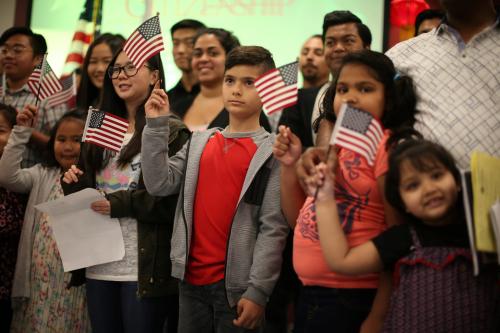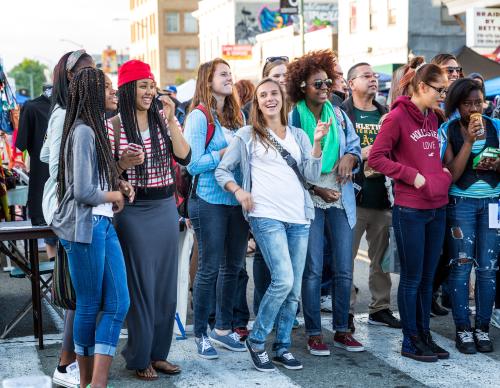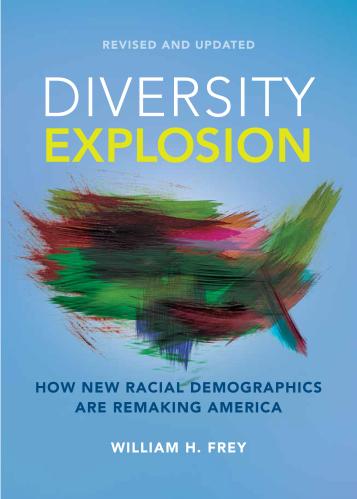Table 1 was updated on July 17, 2019 for data accuracy.
Declines in white youth population are countered by gains in other racial groups
For the first time, non-Hispanic white residents now make up less than half (49.9%) of the nation’s under age 15 population, newly released 2018 U.S. Census Bureau estimates show. The new data highlight the increasing racial diversity of the nation’s overall population, for which non-Hispanic whites now comprise only slightly more than three-fifths (60.4%) of all residents. But the fact that white children under 15 have already become a minority in their age group puts an exclamation point on the fact that the nation’s diversity is percolating from the “bottom up” as the white population ages. This phenomenon, which is projected to continue, emphasizes the need for institutions that focus on children and young families to proactively accommodate the interests of more racially diverse populations, as the latter will be key players in the country’s demographic and economic future.
Shifts in the nation’s racial/ethnic make-up for all residents as well as for children under age 15 are displayed in Figure 1 and the attached table (download Table A). Both populations show smaller shares of whites since 1980, when African Americans were the most dominant nonwhite group. Since then, especially large gains were made in the Hispanic population, and then later in the Asian population.

In 2018, for the first time, the combined nonwhite population–blacks, Hispanics, Asians, persons identifying as multiracial, and other races–comprised the dominant share of the under age 15 population (50.1% compared with 49.8% in 2017), with Hispanics accounting for more than a quarter of this youth demographic. As explained below, this is partially due to the growth of some of the latter populations. But these trends are also a consequence of declines in the numbers of young whites as the white population ages.
This under age 15 population is part of the Gen Z population, ages 21 and below in 2018, and helps to make this generation (which is 50.9% white) more racially diverse than Millennials (55.1 % white) and Gen Xers (59.7 % white). Gen Z is also quite distinct, in terms of its race-ethnic profile, from the Baby Boomers and earlier generations, which each exceed 70% white. In addition to these disparities in their white population proportions, the generations also differ in their representation of other, nonwhite groups. While Hispanics are the dominant nonwhite group for Millennials and Gen Zers, blacks still outnumber the nonwhite groups among Baby Boomers and their elders.

Youthful diversity is spreading
Not all parts of the country exhibit a racially diverse under age 15 population. But the pattern is beginning to spread. The new census statistics reveal that fully 14 states plus the District of Columbia house a minority white under age 15 population, led by Hawaii, where only 14.6 percent of these children are white (download Table B). The list includes the nation’s four largest states, California, Texas, Florida, and New York. In California, only about a quarter of under 15-year olds are white, while over half are Hispanic. The Hispanic population share rises to 60% in New Mexico. In Maryland, Georgia and Mississippi blacks are the dominant nonwhite group; in Alaska, American Indians/Alaska Natives are the largest minority.
Beyond these 14 states, 11 more, including Illinois, Connecticut, Washington, and Colorado house under age 15 populations where racial/ethnic minorities comprise at least 40% of their residents. In these as well as the states with a much whiter child population (New England, Appalachia and the Midwest), diversity has increased since 2010, when only ten states plus D.C. housed minority white populations under 15. In 2000, this was the case for only six states plus D.C.
A similar dispersion has taken place among the nation’s 100 largest metropolitan areas, where the under age 15 populations are minority white in 42 metro areas and no more than 60% white in another 22 (download Table C). Those 42 metro areas include most of the nation’s major cities, and many of the most diverse child population areas, located in the Southwest (Houston, Dallas) and West (Los Angeles, San Francisco, Las Vegas) house substantial Hispanic populations. Yet in several other metro areas, the diversity mix is different, such as in Atlanta where young blacks outnumber Hispanics by 2 to 1, or Washington, D.C. where young black and Hispanic populations are similar in size.
Among the nation’s 3,141 counties, 672 house minority white under age 15 population, and, in an additional 321, other racial and ethnic groups comprise at least 40%. As the map below shows, these counties are prevalent in large parts of the South, Southwest and West, both coasts, and in urban parts of the nation’s interior. Youthful diversity is also scattering inward. Among the 381 metropolitan areas of all sizes, 376 showed a decrease since 2010 in the share of whites in their under age 15 populations, as was the case for 2,838 counties.

Declines in white children are countered by gains in other groups
The accentuated shift toward racial and ethnic diversity among the nation’s child population is not only driven by a growth in nonwhite racial and ethnic groups. It is also facilitated by a decline in young whites. Overall, the nation’s white population has grown tepidly–by 0.1% since 2010. It declined by 247,000 between 2016-2018 according to the new estimates. But the number of white children under age 15 has declined over the 2010-2018 year period by 2.2 million, continuing a trend already observed in the first decade of the century.
This decline in white youth reflects lower white birth rates. But more importantly for the long term, it reflects an aging of the white population that has led to proportionately fewer women in their childbearing years. Census projections show white child losses for decades to come, with more young whites aging past 15 than being born or immigrating to the U.S.
Thus it is the youthful gains of several other racial groups, especially Hispanics, Asians and persons identifying with two or more races that will serve as a counterweight to nationwide losses in young white populations. This was the case for the 2010-2018 period, when the total child population actually declined by 342,000. However, this represents a balance between the decline of 2.2 million white children and sizable gains (1.3 million) among Hispanic children and other groups.

Child population losses did not occur in all states during this period. Although the number of white children declined in 46 states, young minority gains countered those losses (or complemented small white gains) to bring about overall child population gains in 22 states plus D.C (download Table D). Hispanic gains were the major growth contributors in most of these states, including in Texas, which had by far the largest gain of children under 18. As Figure 3 reveals, all of Texas’ extraordinary child gains came from nonwhite racial and ethnic groups.

At the other extreme were the 28 states with overall child population losses. All of these incurred white losses, while their gains from nonwhite groups were not sufficient to counter them. Several states including Illinois, New York, California and Pennsylvania also exhibited declines in their young black populations. These losses reflect black out-migration, but also some aging of these states’ black populations. New York, the second biggest child loss state, is illustrative of a common pattern–large child losses of whites, smaller losses of blacks, and gains for other nonwhite groups.
America’s diverse youth and the future
The new census estimates, coupled with longer term projections, paint a picture of a country with an aging white population that will exist in tandem with rising racially diverse youth. This is not likely to change given that the white median age (43.6) dwarfs those for Hispanic (29.5) or multiracial (20.7) residents. The new estimates also show that whites accounted for less than half of U.S. births reported since 2010, and that, for the past seven years, the aging white population registered what demographers label a “natural decrease” (an excess of deaths over births). On the other hand, they show that the large, mostly white aged 60 and older population grew by 27% since 2010, as Baby Boomers entered its ranks, compared with the modest growth (1.6%) of persons aged 15-59 and a small decline of the racially diverse child population. As demonstrated above, any future growth of the younger population rests with the demographic contributions of nonwhite racial and ethnic groups.
These demographic trends make plain that, as racially diverse younger generations become part of the labor force, tax base, and consumer base, the nation will need to balance these groups’ distinct interests and needs in areas such as education, family services, and affordable housing with the health and social support requirements of a large and faster growing older population that will be entering its post retirement years. Indeed, the youthful “minority white” tipping point shown in the new census statistics needs to be duly noted. It has important implications for America’s future.
The Brookings Institution is committed to quality, independence, and impact.
We are supported by a diverse array of funders. In line with our values and policies, each Brookings publication represents the sole views of its author(s).







